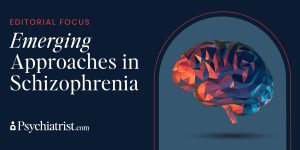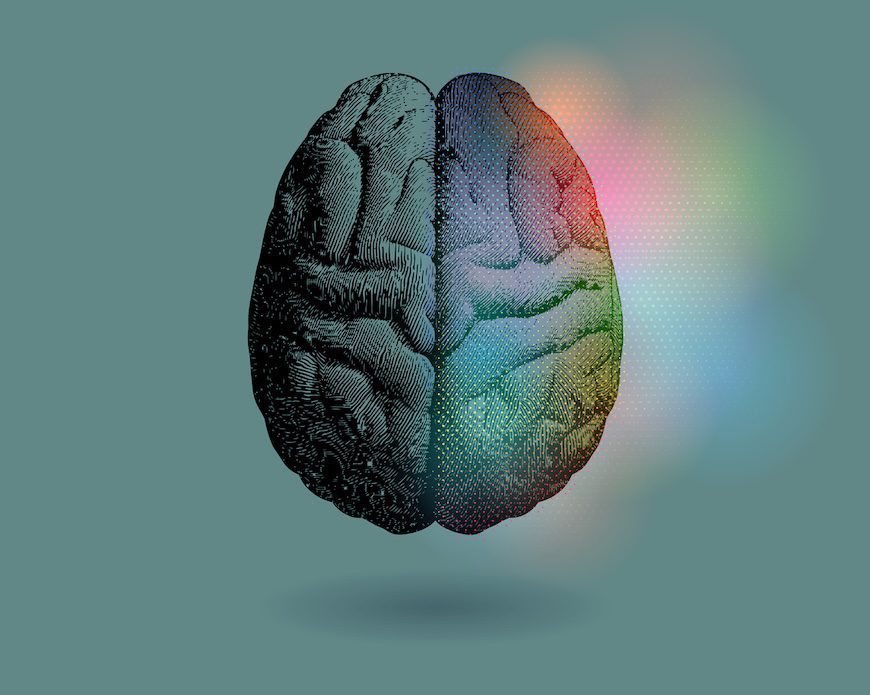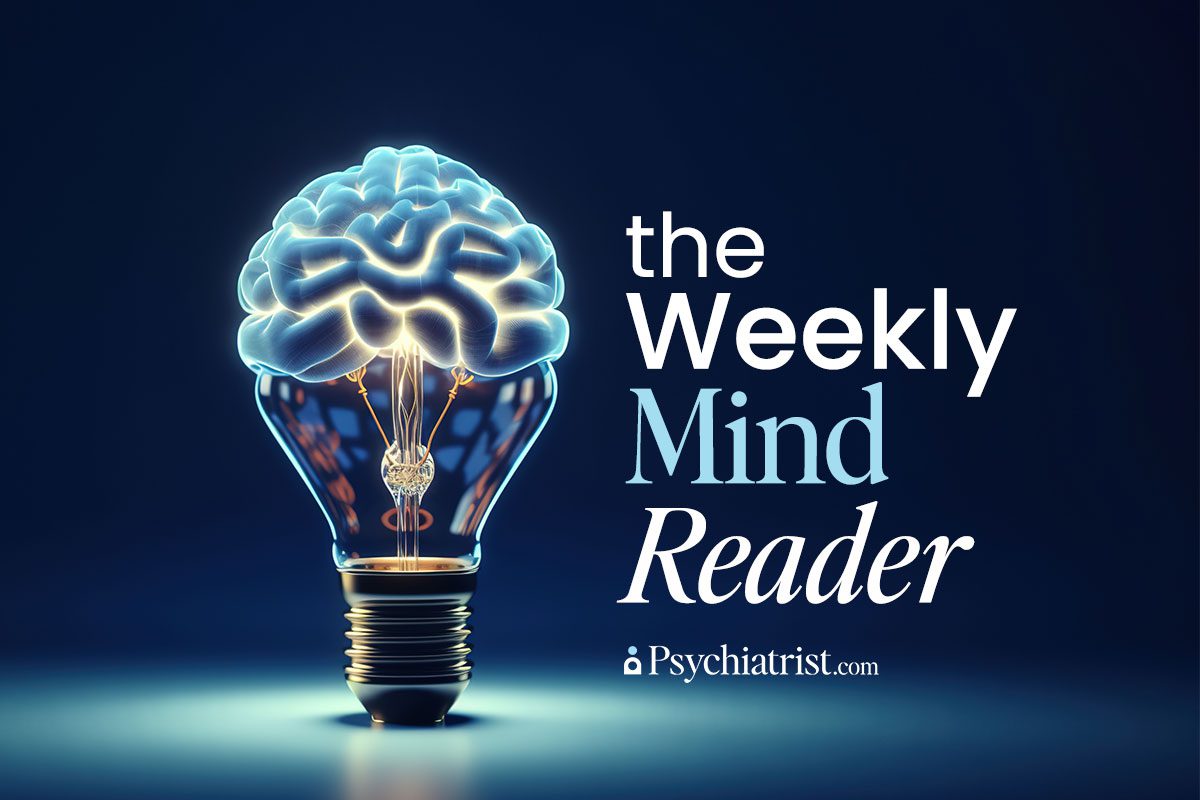New research out of Mass General Brigham has singled out a specific brain network associated with the atrophy, or shrinkage, observed in schizophrenia. The findings, which examined data from more than 8,000 participants pulled from 90 studies, uncover a pattern of connectivity that runs through different stages and symptoms of the disorder.

The results, published in Nature Mental Health, strongly suggest a unified network that sets schizophrenia apart from other psychiatric conditions.
“We looked for common threads among reports on how schizophrenia affects the brain,” Ahmed T. Makhlouf, MD, corresponding author and medical director of the Brigham and Women’s Hospital Psychosis Program. “We found that there’s atrophy in places all over the brain, but they’re all connected to a single network.”
Methodology
Using advanced neuroimaging techniques, the team put together a map of the brain based on the widespread atrophy locations tied to schizophrenia.
The researchers then relied on a process called coordinate network mapping (CNM) to line up those locations with functional brain networks. The map they came up with pegged multiple schizophrenia-associated regions, such as the bilateral insula, the hippocampus, and the fusiform cortex.
ut perhaps most curious is that these connectivity patterns deviated from those observed in other conditions, such as Alzheimer’s disease, major depressive disorder (MDD), and substance use disorders.
“This is like reconstructing an elephant from multiple perspectives,” senior author Shan H. Siddiqi, MD, a psychiatrist at the Brigham’s Center for Brain Circuit Therapeutics, explained. “Everyone has been looking at the same thing from different vantage points, but now we’ve pieced together a unified picture.”
The study included individuals who’d recently received a schizophrenia diagnosis, patients living with chronic cases, as well as those at genetic or clinical high risk of developing the disorder. It revealed that while high-risk individuals shared similar atrophy patterns, the progression to clinical schizophrenia included unique changes in connectivity.
The researchers figure that the network’s consistency across different symptom profiles – along with stages of the disorder – means that it could be a fundamental aspect of schizophrenia, rather than the results of antipsychotic treatment.
But What Does it Mean?
The research team insists that the implications of this discovery are monumental. As a result, the researchers are putting together a clinical trial to explore the potential of transcranial magnetic stimulation (TMS) as a treatment. That trial will _target brain stimulation sites connected to the network they’ve identified.
“There’s ongoing debate about whether schizophrenia is a neurodegenerative disorder,” Makhlouf added. “Our findings suggest that a unique and unified network may be a core characteristic of the disease.”
The paper’s authors stress that understanding atrophy patterns in high-risk individuals could light the way to earlier detection and – based on that – tailored treatment approaches. By integrating patient-specific brain connectivity data in future research, the authors hope to find out more about the disorder.
This breakthrough, the team argues, adds clarity to the complex neuroanatomy behind schizophrenia. This could set the stage for novel therapeutic approaches while it advances what we know about this challenging condition.
Further Reading
Could Intermittent Theta Burst Stimulation Treat Schizophrenia?




